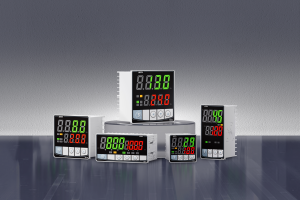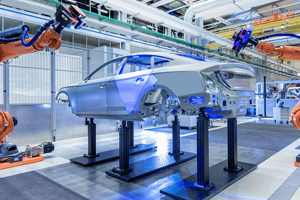How to Set PID Controller Parameters: A Comprehensive Guide
Learn how to set PID controller parameters with our comprehensive guide. Understand the roles of Proportional, Integral, and Derivative parameters, and explore various tuning methods to achieve optimal system performance.
1. Introduction
The PID controller is a vital tool in many industrial and engineering applications. By adjusting the control inputs, they help to maintain the desired output. It is important to tune PID parameters correctly in order to achieve optimal performance. The article below will walk you through setting PID parameters.
2.Understanding PID Parameters
P = Proportional
This parameter determines how the system will react to the error. The proportional parameter (P) is used to measure how the output of the controller will be affected by the current error. Higher P values result in an aggressive response that can quickly reduce error, but could cause instability.
The Integral I
It is used to account for past errors. The integral parameter (I) helps to eliminate residual errors in steady state that cannot be removed by the proportional term. Too much integral action, however, can cause oscillations and overshooting.
Derivative (D)
The derivative parameter (D), based on rate of change, predicts errors in the future. This dampening action reduces overshoot, and improves stability. However, an excessive derivative can cause the system to be overly sensitive.
3.Initial Setup
Before you tune the PID parameter, make sure that all of your sensors and actuators work correctly. Set the initial P, I and D values to zero. You can observe how the system responds without taking any action.
4.Methods of tuning
Manual tuning
The manual tuning process involves changing the values of P, D, and I based on how the system responds. Increase the P-value until you see the oscillations. Adjust the I value until the steady state error is eliminated. Then fine tune the D value in order to improve stability and reduce overshoot. It requires patience, and an understanding of how the system behaves.
Ziegler-Nichols Method
Ziegler-Nichols is a tuning method that has gained popularity. It provides a systematized approach. As the value of P increases, the oscillations will be constant. Notate the critical gain Kc and the oscillation phase Pc. Calculate the PID parameters by using these values and predefined formulas. The method may be effective, but it might not work for every system.
Useful Software
PID tuning can be assisted by a variety of software and simulators. You can use these tools to simulate PID settings and model your system to determine the best parameters. MATLAB and Simulink are
examples. Software tools are a great way to save time while delivering more accurate results.
5.Practical Tips
Small adjustments to PID parameters can be made and observed. The system can become unstable if you make large adjustments.
* Avoid common pitfalls: Setting the I value to high can lead to excessive overshoot. A high D value may also make the system oversensitive to sound.
You can fine-tune your system parameters to suit specific applications once you've got a stable one. A temperature-control system, for example, may need different settings from a positioning system.
The conclusion of the article is:
It is important to understand the PID controller system, and its effects on each parameter. You can get the best performance and stability by following these methods. To maintain desired behavior, you must monitor and adjust the system continuously.
Meta description and Meta title
5.The Comprehensive Guide to Setting PID Parameters
Our comprehensive guide will teach you how to adjust PID controller settings. Explore the role of proportional, integral, and derivative parameters and various tuning methods for optimal system performance.
- How to Find (K_p), (K_i), and (K_d) in a PID Controller: A Comprehensive Guide
- What Is Offset in PID Controller: Understanding and Addressing Steady-State Error























